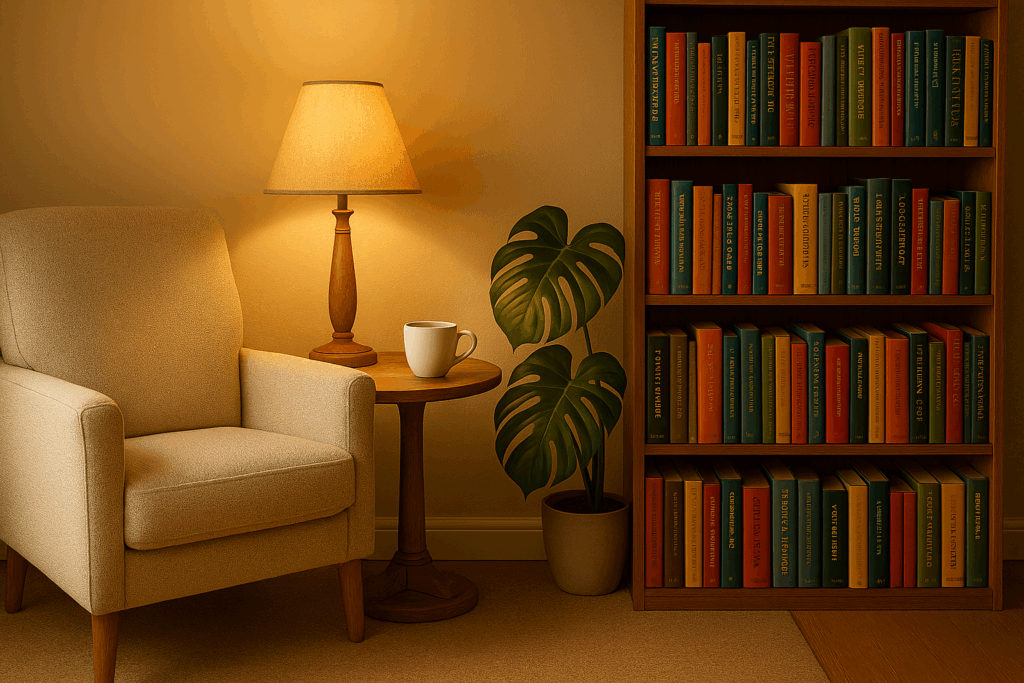Houseplants in 2025: Real-Life Tips for Greener, Happier Living Spaces
Bringing the outdoors in isn’t a new idea, but in 2025, more people than ever—myself included—are mixing houseplants into every corner of their living spaces. Maybe it started as an urban trend, but now houseplants have become a staple, partly because they promise not just visual calm, but real health and mood benefits. And not just for the aesthetically obsessed or the naturally green-thumbed. I’ve seen total beginners (albeit a bit nervously) coax tiny pothos cuttings into trailing cascades, and seasoned growers cultivate tricky fiddle leaf figs that seem to thrive on benign neglect. The common thread? Everyone swears there’s something quietly rewarding about nurturing another living thing—even if it’s sometimes a rollercoaster.
Why People Keep Reaching for Green
There’s basic science: many houseplants filter air, absorb toxins, and boost humidity. But to be honest, the appeal is usually more personal. For me, and plenty of others, tending to plants gives a sense of control and gentle routine that can anchor a chaotic day. Watering becomes a pause, a check-in, a moment to notice the light shifting through leaves. There’s also a comfort in seeing slow change: a new shoot, a surprising bloom, or just leaves gradually unfurling after weeks of seeming stillness. Studies these days do tie indoor greenery to reduced stress, sharper focus, and even quicker recovery from illness. Yet, the biggest reason—at least in every conversation I’ve had—is how plants make a place feel alive.
Getting Started: A Realistic Approach (No Green Thumb Required)
You might think success with plants is only for the born gardeners. Not true. If anything, 2025’s houseplant boom is built on trial, error, and a lot of swapping stories online. Some beginner-friendly options? Snake plants and pothos are almost impossible to kill and lend themselves to forgetful owners. Peace lilies are forgiving (plus, they’ll droop when thirsty, so you get a warning before things go wrong). I’ll be honest: I’ve killed a few “indestructible” plants by overwatering. Turns out, most common mistakes boil down to too much water, too little light, or forgetting to dust the leaves.
There’s no shame in using a reminder on your phone, asking a neighbor to peek in while you’re away, or even buying soil that has slow-release fertilizer mixed in. Most plant parents admit half the battle is just noticing small changes—yellow leaves, brown edges—and tweaking care before it spirals.
Choosing the Right Plant for Your Space (and Style)
Bright, south-facing windows are a dream, but plenty of plants are happy in low or indirect light. If you tend to forget watering, succulents or cacti will forgive you. For drama, try a monstera or a rubber plant—both reward patience with bold growth once settled. If your space is humid (maybe a bathroom with a shower window), ferns or calatheas thrive. For kitchen windows, herbs like basil and mint are not just pretty but practical. I keep a rotating handful of sad supermarket basil on my sill, and even when they die off, their replacements feel like a nod to hope.
Remember: plant shops and garden centers in 2025 are surprisingly welcoming. Staff usually share genuine advice, and fellow shoppers often swap cuttings, so don’t skip a chat.
Common Challenges: When Things Go South
Even careful owners lose leaves, encounter pests, or witness inexplicable wilting. Gnats infesting the soil or a plant shriveling for no clear reason can feel like a tiny heartbreak. The internet serves up a flood of advice (sometimes contradictory), so I’ve learned to trust a handful of reliable sources—a local gardening group online, the staff at my neighborhood garden shop, or a friend whose living room is basically a jungle.
If a plant doesn’t make it, don’t let guilt sideline you. Every long-term plant lover I know has composted more than a few failures. Sometimes you simply need to match the species to a different corner (or a different person’s home).
Houseplants as Part of Home Life—Not a Project
In conversations with friends who’ve made houseplants a part of their routine, one running theme stands out: the best homes aren’t plant museums. You’ll find trailing vines tangling with bookshelf spines, a peace lily half-blocking an outlet, and the occasional leaf drooping because life got busy. Some use plants as privacy screens on balconies, others cluster them in a corner to cover ugly radiators, or just to carve out a bit of visual calm in an open-plan apartment.
There’s no need for “Pinterest-perfect” displays (though if that’s your style, embrace it!). Let your collection evolve as life does. A plant that starts out in the kitchen might migrate to the hallway, gather extra cuttings for neighbors, or even become a gift when moving out.
Final Thoughts: Growth, Loss, and Everyday Green
In 2025, keeping houseplants isn’t just a fad or a marker of aesthetic taste. It’s an everyday practice—sometimes messy, sometimes magical—that brings a little life and wonder indoors. The real charm? Watching something grow slowly, forgivingly, often in spite of our imperfections. Whether you’re nurturing a single pothos or curating a mini-forest, having plants around is a real reminder of change and care, steady and patient as the days go by.

